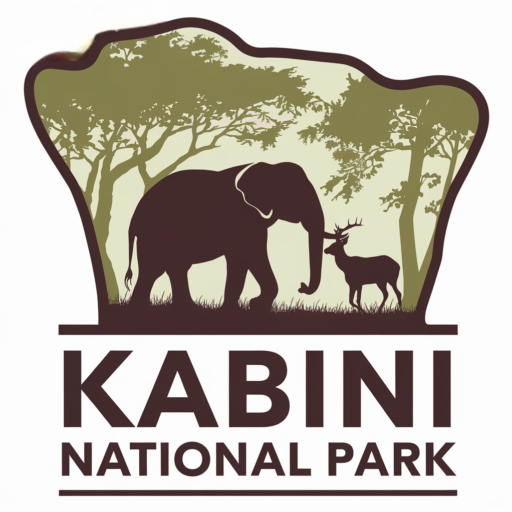

Kabini River - Detailed Guide of this Great River
Piyush Nirban
The majestic Kabini River, or Kapila or Kabani River, as it is famously called, is situated in southern India. Originating in Wayanad, Kerala, the Mananthavady and Panamaram Rivers merge together. After originating from here, it continues its journey and flows eastward, finally joining the Kaveri River in Karnataka.
In Sargur Town, the Kabani River is known for forming the massive Kabani Reservoir. It is a well-known sightseeing sight here. Also, the backwaters of the Kabani reservoir are rich in biodiversity and wildlife. The variety of flora and fauna is at its peak during the summer, when the water level is too high. The greenery and beauty here are unmatched. The length of this river is about 240 km and is spread across 7040 ss km.
One of the best things about the Kabini River is that it flows through Kabini Wildlife Sanctuary, Bandipur National Park, and Nagarhole. All of these are part of the Nilgiri Biosphere Reserve, which is also a UNESCO World Heritage Site. Here, you can witness animals like sloths, elephants, gaurs, bears, and tigers. Let’s learn more about the Kabini River in the guide below.
Geographical Location
The geographical location of Kabini River is Southern India. It flows through the states of Kerala and Karnataka. Originating from the Wayanad Hills in Kerala, it merges with Kaveri River which ultimately flows into Bay of Bengal. The Kabini river flows through the Kabini forest too which is 847 sq km in size. It has a beautiful topography and is located within Nagarhole National Park.
Proximity of Kabini River from Major Cities
From Bangalore
Kabini is a beautiful getaway and is close to Bangalore, making it a perfect weekend destination. It is 203 kilometers from Bangalore, a 4.5 hour drive. Enroute you will find rich biodiversity and coffee plantations, a sight to behold.
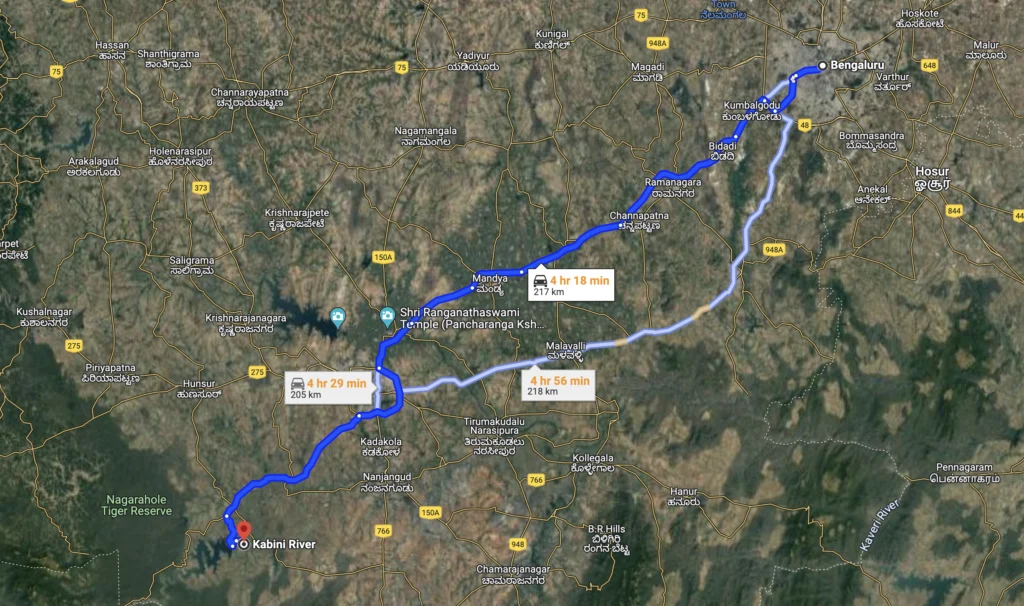
From Mysore
From Mysore, the Kabini wildlife sanctuary where the Kabini river flows is only 60 km away. You can drive a private or rented vehicle. Or take a bus to Kabini. The distance is covered in approximately one and half hours.

Wildlife and Biodiversity
Kabini river flows through Kabini Wildlife Sanctuary which is part of Nagarhole National Park. The dense vegetation, beautiful weather and rich biodiversity, spending time here is a relaxing experience. Kabini lies in the South of Nagarhole national park and Tiger Reserve, Kerala. The Kabini Dam and river has a landmark area which is known as ‘Kabini.’
Nagarhole Tiger Reserve or Rajiv Gandhi National Park. It is named after ‘Nagarhole’ river, meaning ‘Serpent River.’ The tiger reserve forms a connecting habitat for elephants and tigers with Brahmagiri wildlife sanctuary and Bandipur Tiger Reserve.
Location
Nagarhole is spread over Kodagu and Mysore covering an area of 847,981 sq km. It is an important Tiger Reserve with a large number of herbivores and carnivores. Here, you will find animals like Leopard, Tiger, Sloth bear, Asiatic wild dog, Sambar, Wild pig, South-western langue and Mouse deer. The park also has many rivulets and streams with Kabini Dam or Reservoir being part of the same ecosystem.
Bird watching Near Kabini River
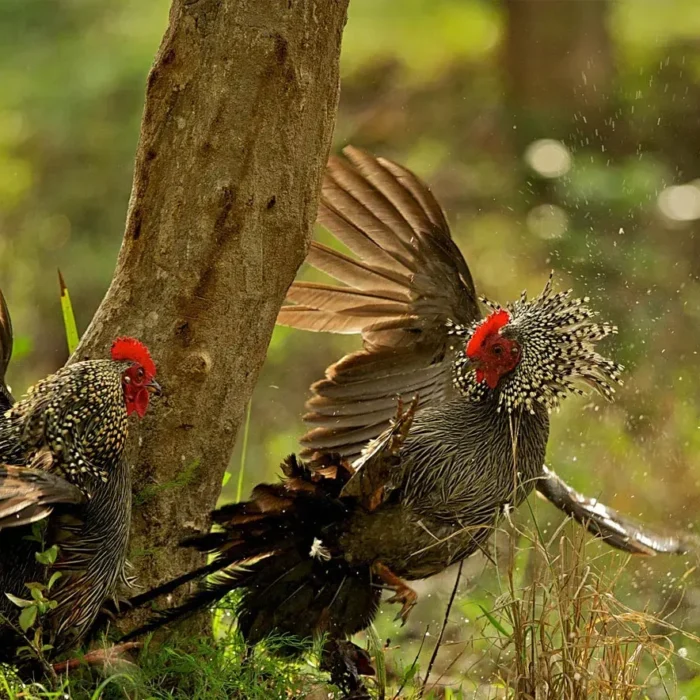
Nagarhole is spread over Kodagu and Mysore covering an area of 847,981 sq km. It is an important Tiger Reserve with a large number of herbivores and carnivores. Here, you will find animals like Leopard, Tiger, Sloth bear, Asiatic wild dog, Sambar, Wild pig, South-western langue and Mouse deer. The park also has many rivulets and streams with Kabini Dam or Reservoir being part of the same ecosystem.
Safari Experiences
Safari experiences in Kabini and Nagarhole are the best and immersive way of exploring Kabini. Here are the best safari experiences you can go for here.
Jeep Safaris
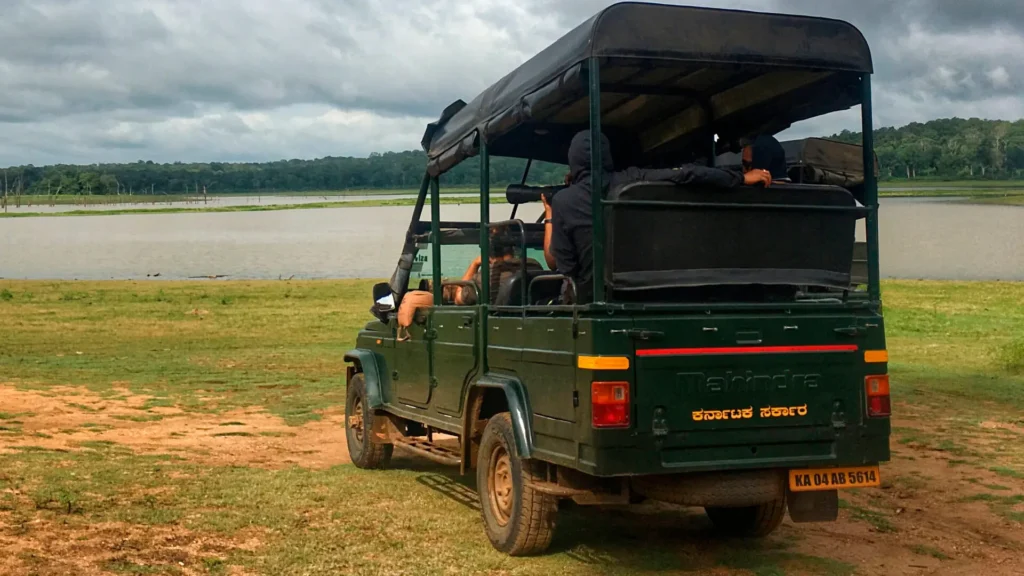
One of the most popular ways of exploring Nagarhole national park and Kabini is through Jeep safaris. Conducted in an open- four-wheeler you get to encounter many exotic animals here like tigers, leopards, sambar deer, bird species and more. An expert tour guide will help you learn more in-depth about the animals here.
- Timing: Early morning and late afternoon to increase the chances of you spotting the animals.
Boat Safaris
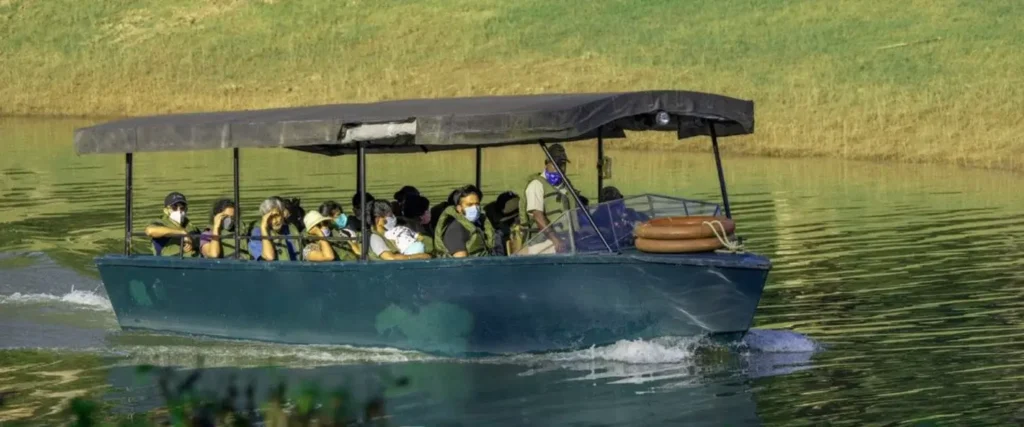
Boat safaris along the Kabini River, which runs through the park, offer a unique perspective of the wildlife and their habitat. These safaris are more tranquil compared to jeep safaris and provide excellent opportunities for bird watching and spotting animals coming to the river to drink.
Kabini river and surrounding biodiversity offers a unique opportunity to go for a boat safari. It runs along the park offering a unique perspective of the wildlife. You also get a glimpse of the crocodiles resting on the river bank. From watching majestic animals like elephants to deer to birds and even sunsets, this is one of the best experiences here.
- Timing: Early morning to late afternoons.
Night Safaris
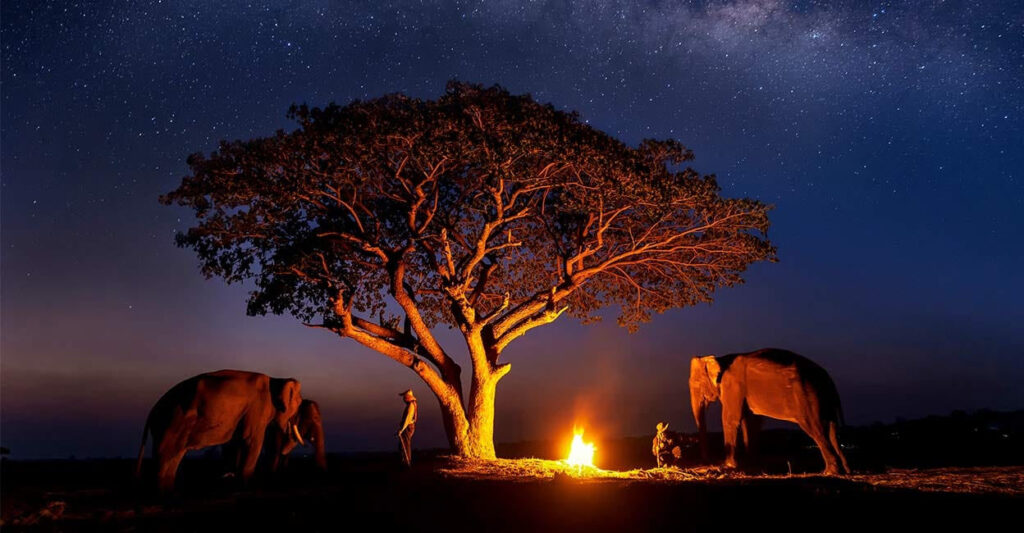
Although, night safaris are limited here, you can go for this if you get the chance. The experience of coming across rare animals during the night is impressive. From leopard to civet and many other bird species.
Bird Watching Tours
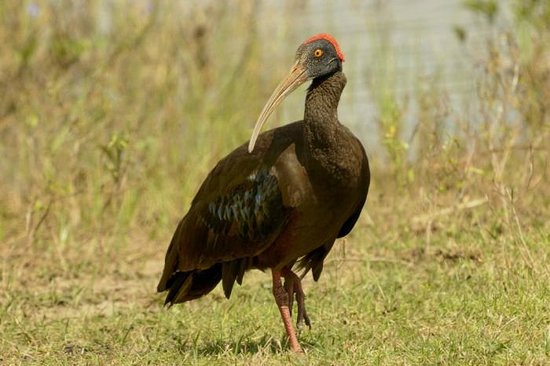
Nagarhole has many avian species and you can book bird tours for enjoying this. On a bird-watching tour, you can see multiple varieties of birds like majestic fish eagles, kingfishers and more.
General Tips:
- Always book the safaris in advance specifically if you are heading here during peak seasons.
- Always go for a guided tour because it helps you understand the ecosystem better.
- Always wear comfortable and sturdy shoes especially for nature walks.
To conclude, safari experiences in Kabini and nearby biodiversity offers the best opportunity for wildlife lovers. You get to enjoy nature, observe wildlife while also enjoying the serene beauty of this region.
Kabini River - Things to Do and Adventures
Do you want to know what you can do in Kabini? Then, here is a guide for you. It was previously a private hunting ground for the British. But now, here, you can spot leopards, tigers, crocodiles, elephants, and more. You can enjoy the rich ecosystem and biodiversity of Kabini on boats, elephants, and RVs. Here are all the things that you can do in Kabini.
Go on an Elephant safari tour
Isn’t it thrilling to ride on an elephant’s back and head into the Kabini Jungle. It is one of the best things to do in Kabini. The jungle’s uneven terrain makes jeep riding challenging. That is why, elephant safari is one of the most unforgettable experiences here. The guides are well-trained to take you on an elephant safari and give you a great chance to observe the birds and animals.
Jungle Safari
A jungle safari is an experience in the Kabini River of Nagarhole National Park that you should indulge in. Here you will see a few majestic mammals of Asia, like the wild gaur, wild boar, tigers, sambar deer, black leopard, and more. The landscape and fauna here also take your breath away.
Stay at resorts in Kabini
Kabini River area is so peaceful and surrounded by nature that many lodges and resorts. Book a resort or lodge in the heart of the Kabini ecosystem like the Serai Kabini or Kabini Springs resort.. All of these resorts have the best experiences and activities which can make your stay here beautiful. The lodges/resorts here give you the option to go for a safaris or bike tour or trekking. This is a complete package in all.
Charges: Anywhere from INR 1,500 to INR 25,000
Exploring the Kabini Dam
One of the best things to do at the Kabini River is to head to the Kabini reservoir or dam for a picnic. The views here are dramatic, and the surrounding jungles elevate the scenery here. Sitting at the dam site and viewing colorful birds flying in and out is one of the best experiences here. Also, as dawn comes, seeing a beautiful sunset here is one of the best things to do here.
Charges: Rs. 20.
Timings: 6:30 a.m. to 9 p.m.
Fishing
If you are a fishing enthusiast, you can indulge in fishing in the serene waters of the Kabini River. This is a fun activity that gives you the opportunity to catch mahseer and catfish.
Trekking the serene trails of Kabini
One of the most loved activities in the Kabini ecosystem is trekking. If you are a trekking enthusiast, you should definitely head to Kabini to experience something unique and beautiful. The trail is surrounded by hillocks and mountains. The trekking is a thrilling experience here as it brings you closer to nature. The trekking routes are near Brahmagiri, Kumara Parvatha and Tadiandamol mountains.
Charges: Free
Witness the sunset at Kabini Backwater viewpoint
One of the most beautiful experiences at Kabini is witnessing a beautiful sunset. The Kabini backwater viewpoint in Kittur. The view of the river and its crystal-blue water is stunning, especially during sunrise and sunset. You can also camp here during the day. During summers and monsoons, you will see animals coming here to drink water, which is the best thing to experience here. A few lucky people also end up spotting tigers here. Another thing to do here is to indulge in wildlife photography.
Charges: free
Bike-riding tour
One of the best ways to experience Kabini is through a bike tour here. When you ride a bike, you feel like you are moving so fast that everything is behind you. As you cycle the hidden trails in Kabini, you feel pleasure, especially seeing the greenery covering the place. For an adventure lover, trying different stunts in Kabini on your bike on the trails near Nagarhole National Park is one of the best experiences ever.
Charges: INR 200–300 per person
Timings: 6.30 AM to 5.00 PM
Coracle ride at Kabini
Many resorts in Kabini offer the unique experience of riding a coracle. It was the fisherman’s way of crossing the river for work. It is one of the best experiences, especially for families, as a coracle can fit up to 4–5 people at once.
Charges: INR 500 (starting)
Kayaking at Kabini
Kayaking is a 30-minute adventure activity to try in the Kabini River, which various resorts and lodges offer here. If you love water sports, this is something that you should do.
Kabini Dam and Reservoir
Kabini Dam was built in 1974 on the Kabini River. The dam is an engineering marvel in the south-western state of India. Thus, it is one of the best places to visit when you are in Kabini. The dam has a vast reservoir, which provides water to at least 20 villages in Karnataka. In the colonial era, it was a hunting spot for British officers and Maharajas.
Since the construction of the dam, it has had a huge impact on the local community here, especially for agriculture purposes. As mentioned above, it provides water to 20 villages, where the farmers use it to irrigate their farms. Also, the farm is a beautiful spot, housing a variety of birds. Thus, this is an apt place for bird-watching.
The surrounding area of the dam is dense forest, and the crystal-clear water makes it an ideal picnic spot. One of the best activities that people do at Kabini Dam is go for a family picnic surrounded by animals, birds, and vibrant flora. Moreover, you can also watch a beautiful sunrise here.
Charges: Free
Timings: 10:00 a.m.–5:00 p.m.
Cultural Aspects
Tribes of Kabini- The Indigenous Kurubas
There are three indigenous tribes in Kabini. They are:
The Jenu Kurubas are the primary inhabitants of Kabini Forest. They are known for their prowess in climbing trees and their use of bows, slings, and arrows. You will find this tribal community scattered throughout the jungle. They worship the forest as their god, and it influences not just their food but also their dresses and homes. They have been living in the forest for a decade, in harmony with the forest and nature. Due to the conservation efforts, the tribal community does face some issues. But relocation efforts for them are ongoing. The Jenu tribe feeds the whole nation, as they are into collecting not just honey but also agriculture of rice, wheat, and other grains.
There are two other Kurubas too: the Betta Kurubas and the Kadu Kurubas. All three tribes live in nature and follow their traditions.
Local handicrafts
- The Kabini tribes are known for their outstanding craftsmanship and art forms. One of the prominent art forms here is pottery; creating functional vessels is one of their ways to earn a livelihood.
- Another handicraft item they do is basket weaving. They use natural fibers and bamboo, sustainable materials, to create visually appealing baskets.
Local cuisine and festivals
The famous local cuisine of Kabini includes:
- Bamboo shoot curry is flavorful with mild spices.
- Kadubu is a steamed cake made of rice with a lentil mixture filled inside.
- Holige is a sweet flatbread made of coconut and jaggery and served with a generous dose of ghee.
Festivals of Kabini
Kabini is also known for its various events and festivals. These include:
- Kabini River Marathon in February attracted people from all over the world.
- The Hampi festival in January honors the founding of Hampi. The festival includes musical concerts, street plays, puppet shows, and more.
- Mysore Dasara in October is one of the biggest festivals in the region, celebrated over 10 days.
- There are also local fairs and programs happening in Kabini all the time.
Nearby Attractions
Nagarhole National Park
It is also known as Rajiv Gandhi National Park. Nestled in Karnataka, it is known for its rich biodiversity, dense forests, abundant wildlife and serene lakes. The exotic animals you find here include elephants, leopards, tigers, and more. The Nagarahole National Park is part of the Nilgiri Biosphere Reserve. It offers you an opportunity to go birdwatching and on safaris. The forest department conducts wildlife safaris here twice daily. The timings of the safari are 6 am to 8 am and 3 pm to 5 pm. The safari starts from Veeranashosali Gate and Nanchhi Gate. It is necessary to book your slots in advance as the slots are limited.
Bandipur National Park
Bandipur National Park in Karnataka is a Tiger Reserve. It is part of the famous Nilgiri Biosphere Reserve and is known for its variety of flora and fauna. Here you will find multiple species of elephants, tigers, and Indian bison. The park is known to have dry deciduous forests and open grasslands. This provides a perfect habitat for the wildlife to flourish here. This is also the reason Bandipur National Park is famous for its many safaris.
Wayanad Wildlife Sanctuary
It is located in Kerala and is a vital part of the Nilgiri Biosphere Reserve. It is surrounded by rolling hills and lush forests. Here you will find exotic animals like leopards, multiple bird species, and elephants. The rich biodiversity and scenic beauty here attract nature lovers and wildlife enthusiasts. It offers you a peaceful retreat in the stunning western ghats.
Ranganathittu Bird Sanctuary
Ranganathittu Bird Sanctuary near Mysore is a known paradise for birdwatchers. It is spread over six islets situated on the Kaveri River banks. It hosts a variety of resident bird species and migratory birds. The main birds here include painted storks, kingfishers, and pelicans. This sanctuary offers boat rides, letting visitors observe crocodiles and birds.
Accessibility and Transportation
Closest Airport: There are two closest airports to Kabini. Mysore Airport and Bangalore’s Kempegowda International Airport. The former is 65 km away while Bangalore one is 230 km away. Take a taxi or pre-arrange transportation from here to reach the wildlife park.
Rail Connection: Mysore Junction is the nearest railway station, 60 km from the beautiful Kabini. It is well-connected to major Indian cities with railways. From Mysore, hire a taxi or book a bus to Kabini.
Road Connection: It is also possible to head to Kabini by road from various cities. For instance, from Mysore, a drive to Kabini is around 1.5 to 2 hours. From Bangalore, the drive is around 5 hours. You can take a personal car for a scenic drive. Or you can use private taxis and state run buses to reach Kabini via road.
Local Transport: Within Kabini, you will find a few transportation options like boats or jeeps. The forest department and resorts can arrange safaris for you. Some resorts also offer bicycles for you to explore the Kabini River ecosystem.
Current Issues and Future Prospects
The issue Kabini is currently facing is climate change. It is a growing threat to the beautiful region, its inhabitants, and the ecosystem. Another issue is the growing human-wildlife conflict. Let’s learn more about them in detail below.
Climatic change
A significant threat, the key challenges faced by Kabini include:
Change in rainfall patterns. You see more unpredictable and irregular rainfall leading to floods, erosions, and droughts. This not only affects the wildlife but also the agricultural work here.
The temperature rise also affects the crop, human health, and the behavior of wildlife. Cutting down trees to build infrastructure is leading to this, which is not good for ecosystem balance.
Human-Wildlife Conflict
The Kabini region, with its extensive flora and fauna, Kabini River, and rich biodiversity, is facing an increase in human-wildlife conflict.
The Kabini region, rich in biodiversity, is also grappling with increasing human-wildlife conflict. This issue arises from:
Shrinking habitats as the human population is expanding and the forest areas for wildlife are decreasing. This is creating problems for exotic animals, who find their way to human civilization, causing panic. It also causes human or wildlife casualties.
Elephants and other animals raid farms, which causes damage to crops, leading to losses for the farmers.
As climate change happens due to human negligence, these issues will continue to increase.
Future project development
The government is taking the initiative to nurture the ecosystem of Kabini. The projects for development include:
Water supply expansion to ensure Kabini River water supply goes to Mysore and nearby cities.
Working on building eco-friendly infrastructure without cutting down habitats of exotic animals to keep a balance.
Community development projects are also on the rise to ensure the local tribes here survive and thrive. This focuses on promoting their handicrafts and handloom.
Accommodation Options
Kabini offers a range of accommodation options to suit various preferences and budgets. Here are some popular choices:
Luxury Resorts
The Serai Kabini is a high-end resort with luxurious tents providing a beautiful view of the Kabini River. Near Bangalore and Coimbatore, it is known for its experiences like a coracle ride or watching a beautiful sunset, amongst other things. The price starts from INR 19,000.
Evolve Back Kabini has lavish villas and cottages with top amenities. These include private plunge pools with stunning views of the river. The lodge’s interior and home are an ode to the local Kadu Kuruba tribe, providing you with wildlife experiences like no other. Price starts from INR 35,000.
Jungle Lodges & Resorts is a well-known and popular lodge offering comfortable cottages. It also provides a unique experience where you can go on guided safaris amidst jungle. The price starts from INR 17,936.
Budget Accommodations
Srisailam Forest Guest House is a budget accommodation providing basic amenities. It is closer to the forest but also is budget-friendly for a conscious traveler.
Nagarhole Forest Guest House provides simple, no-frills accommodation. It lets you stay closer to the nature and wildlife sanctuary in Kabini. The price per day is around INR 1500 to INR 2000.
Homestays
Kalidasa Tree House and Villa
Nestled in Wayanad, it provides you with a unique experience away from the hustle and bustle of the city. The accommodation is unique too, with you staying in a tree house. The host will also arrange a safari for you to Nagarhole. It is pet-friendly, making it a great choice for families. The price starts from INR 2,500.
Centered Home Serviced Villa
A beautiful center-home-serviced villa here provides guests with opulent and pleasant lodging. It is home to luxurious amenities even as a budget-friendly accommodation. From indoor games to a private pool, there is everything here. The price starts from INR 1,079.
These accommodations offer various experiences ranging from opulent luxury to simple, eco-friendly stays, catering to different types of travelers visiting Kabini.
Climate of Kabini
Temperature:
Summer (March to June): Temperatures can range from 25°C to 38°C (77°F to 100°F). It can get quite warm during the day, especially in April and May.
Monsoon (July to September): This season brings heavy rainfall, with temperatures ranging from 22°C to 30°C (72°F to 86°F). The region experiences lush greenery, but travel might be challenging due to wet conditions.
Winter (October to February): The weather is cool and pleasant, with temperatures ranging from 15°C to 30°C (59°F to 86°F). This is the most comfortable and popular time to visit.
Humidity:
Summer: Humidity levels can be moderate to high.
Monsoon: Humidity is high due to frequent rains.
Winter: Humidity levels are lower, making it more comfortable for outdoor activities.
Rainfall:
Kabini is known to receive heavy rainfall in the monsoon season. This contributes to its luscious greenery, landscapes and vibrant wildlife.
Best Time to Visit Kabini
Winter (October to March):
The ideal time to visit Kabini is the winter months from October to March. During this time, the weather is delightful, and the mornings are cool and the evenings even better. This makes winter a great time for wildlife safaris, river cruises, and nature walks. The comfortable climate makes outdoor activities possible. The clear skies with moderate temperatures and low humidity make wildlife sightings perfect.
Monsoon (July to September):
If you want to experience Kabini with fewer people around, head to Kabini and the surrounding area in the monsoon season. During this season, there is lush greenery and heavy rains. So, the area can be slippery with limited accessibility. But if you want to experience the beauty of a forested area, the monsoon is ideal.
Summer (March to June):
Summers in Kabini are quite hot, so wildlife spotting is too challenging here because the animals prefer to stay in cooler and shaded areas. If you want to travel during the summer, ensure you stay hydrated. The benefit of the summer season is low accommodation prices, which is ideal for a budget traveler.
Piyush Nirban
Piyush Nirban is a dedicated wildlife enthusiast and the author of KabiniNationalPark.org, a premier resource for booking Kabini safaris and discovering the wonders of Kabini. With extensive experience exploring Kabini's rich biodiversity, Piyush combines a deep passion for nature with professional expertise to provide insightful and accurate information about the park's wildlife, rivers, and attractions. Piyush has spent countless hours in the Kabini region, gaining firsthand knowledge of its unique ecosystems. His commitment to wildlife conservation and sustainable tourism drives the content on this site, aimed at educating and inspiring visitors to appreciate and protect this remarkable destination.
FAQ about Kabini River
Why is Kabini so famous?
Kabini is famous for its beautiful Kabini River, which flows through Kabini Wildlife Sanctuary and Nagarhole National Park. It is known for its rich biodiversity of flora and fauna. It is a known ecosystem for spotting tigers. There are also many activities you can indulge in, like jeep safaris, boat safaris, trekking, bike tours, and more.
Which tribes are present in Kabini?
Kabini is known to have three indigenous tribes. These are the Jenu Kurubas, known for gathering honey; the Betta Kurubas, the hill-living tribes; and the Kadu Kurubas, the forest-residing tribe.
How many tigers are in Kabini?
The approximate number of tigers available in Kabini as of now is 93.
Can you find an elephant in Kabini?
Yes! There are many elephants in Kabini, as it is home to many mammals in Asia. Moreover, elephant safaris are also a huge activity here.